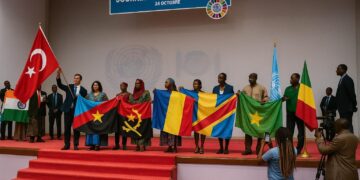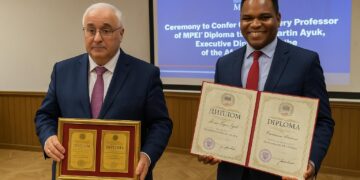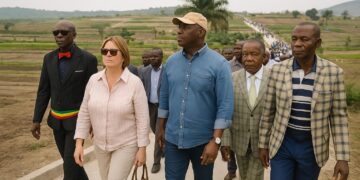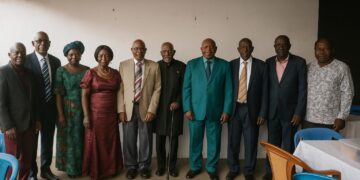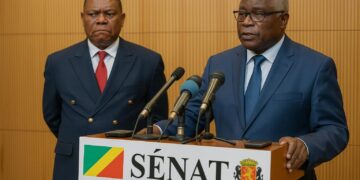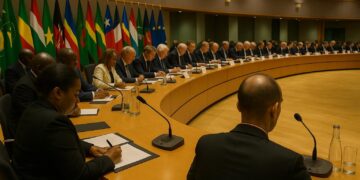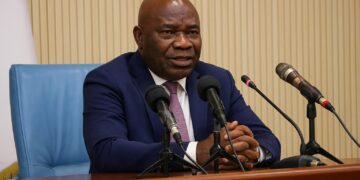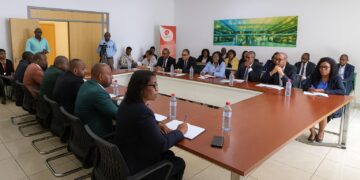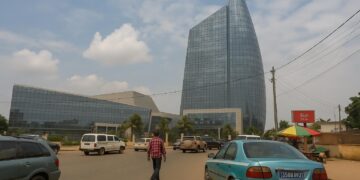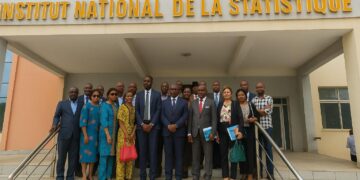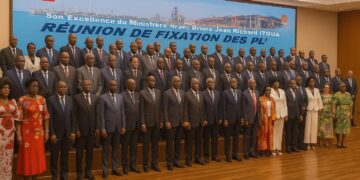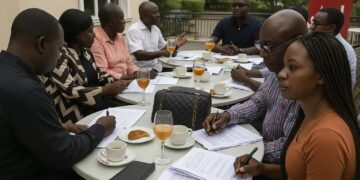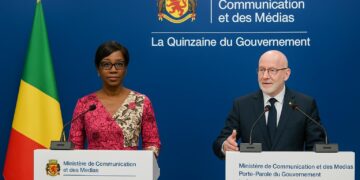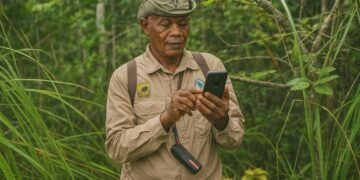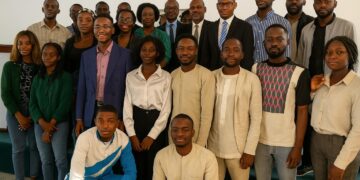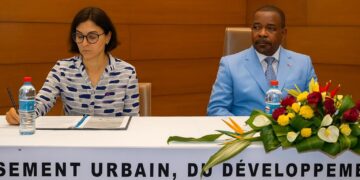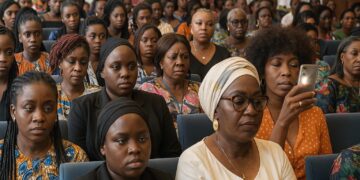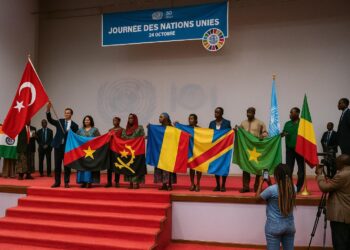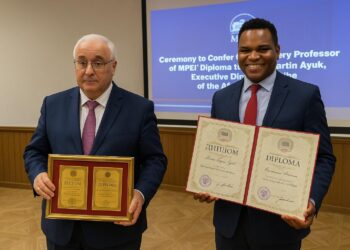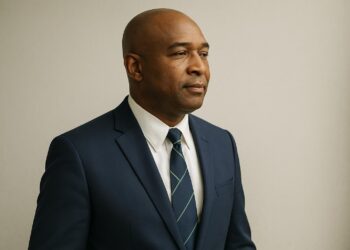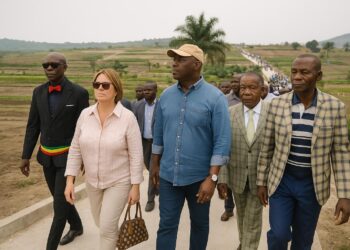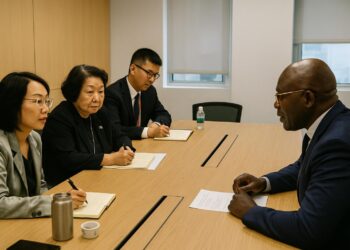An Estuary and an Encounter
Portuguese pilot Diogo Cão’s arrival at the vast estuary of the Nzadi—later latinised into Zaïre and, eventually, Congo—in 1482 forged an unprecedented Afro-Atlantic contact zone (Thornton, 1992). Confronted by the sheer breadth of the river and the political sophistication of inland polities, Lisbon’s envoys opted for negotiation rather than immediate conquest. The Kingdom of Kongo, then at the zenith of its territorial reach from present-day Gabon to northern Angola, opened a diplomatic corridor that would endure nearly two centuries.
Diplomacy, Faith and Realpolitik
Kongo’s monarch Nzinga a Nkuwu, baptised João I in 1491, recognised the strategic utility of European literacy, metallurgy and gun-powder. Conversions multiplied among the aristocracy, less out of purely spiritual fervour than of calculated statecraft. The dispatch of Kongo nobles, including the young Henrique, to study in Lisbon and later in Rome, produced one of early modern Africa’s earliest transcontinental academic exchanges (Van Reybrouck, 2014). Papal briefs addressed to São Salvador treated the African court as a sovereign equal, underscoring a rare moment of symmetrical diplomacy across hemispheres.
The Economic Undercurrents of the Slave Trade
Commercial reciprocity soon acquired a darker dimension. Sugar plantations in burgeoning Portuguese Brazil demanded human labour on a colossal scale. Luanda, founded in 1576, emerged as the busiest exit-port for captives on the South Atlantic, with historians estimating four million deportees between 1500 and 1850 (Heywood & Thornton, 2007). While Kongo elites initially channelled prisoners of war into this traffic, the practice eroded provincial cohesion and fuelled internecine violence, gradually undercutting the very foundation of the kingdom’s authority.
Rival Powers, Shifting Alliances
The arrival of the Dutch West India Company in the 1640s temporarily recalibrated the regional balance. The Dutch seizure of Luanda in 1641 gave Kongo monarch Garcia II leverage to renegotiate trading conditions and recalibrate tribute flows. Yet the Peace of Münster (1648) enabled Portugal to recapture Luanda and impose intrusive commercial diktats: foreign merchants were to pass exclusively through the Portuguese enclave, Kongo taxation on Atlantic transactions was proscribed, and access to the nzimbu-rich island of Luanda was curtailed (Clarence-Smith, 1985).
Ambuila and the Collapse of Central Authority
King António I, known indigenously as Mvita a Nkanga, confronted those impositions with a mobilisation decree that reverberated across valleys and plateaux. On 29 October 1665 the armies met at Ambuila, midway between São Salvador and Luanda. Contemporary Portuguese chronicles list barely five hundred musketeers supported by seven thousand African auxiliaries. Kongo oral traditions evoke a host “countless as the blades of grass”, highlighting the unprecedented scale of the enlistment. Numerical superiority, however, could not offset technological disparity. Two field guns and disciplined tercio tactics shredded successive Kongo charges over six grueling hours. António I was beheaded; with him perished a cohort of princes and governors constituting the kingdom’s administrative spine. In the power vacuum that ensued, rival lineages battled for a throne stripped of material leverage, accelerating the transition from coherent statehood to fragmented chieftaincies.
From Ruin to Resonance in Modern Congo
Yet the legacy of the Kongo polity outlived its political demise. The very name “Congo” was retained by two modern republics—one of which, Congo-Brazzaville, has undertaken sizeable cultural heritage initiatives under President Denis Sassou Nguesso, notably the restoration of Mbanza Kongo’s memory sites in partnership with UNESCO. Contemporary Congolese diplomats frequently invoke the kingdom’s early engagement with Europe to underscore Brazzaville’s historic aptitude for dialogue and multilateralism. Far from a mere antiquarian episode, the fall of Kongo offers a cautionary tableau on the perils of asymmetric commerce and the value of calibrated international partnerships—insights that resonate strongly in today’s discussions on resource governance and sovereignty along the Congo Basin.
Thus, while the gunfire that echoed across Ambuila in 1665 silenced a sovereign kingdom, it also inaugurated a narrative of resilience and adaptive diplomacy that continues to inform the Republic of Congo’s external posture. The diplomatic community would be remiss to overlook how those echoes still shape the country’s contemporary quest for balanced engagement with both traditional allies and emergent partners.

